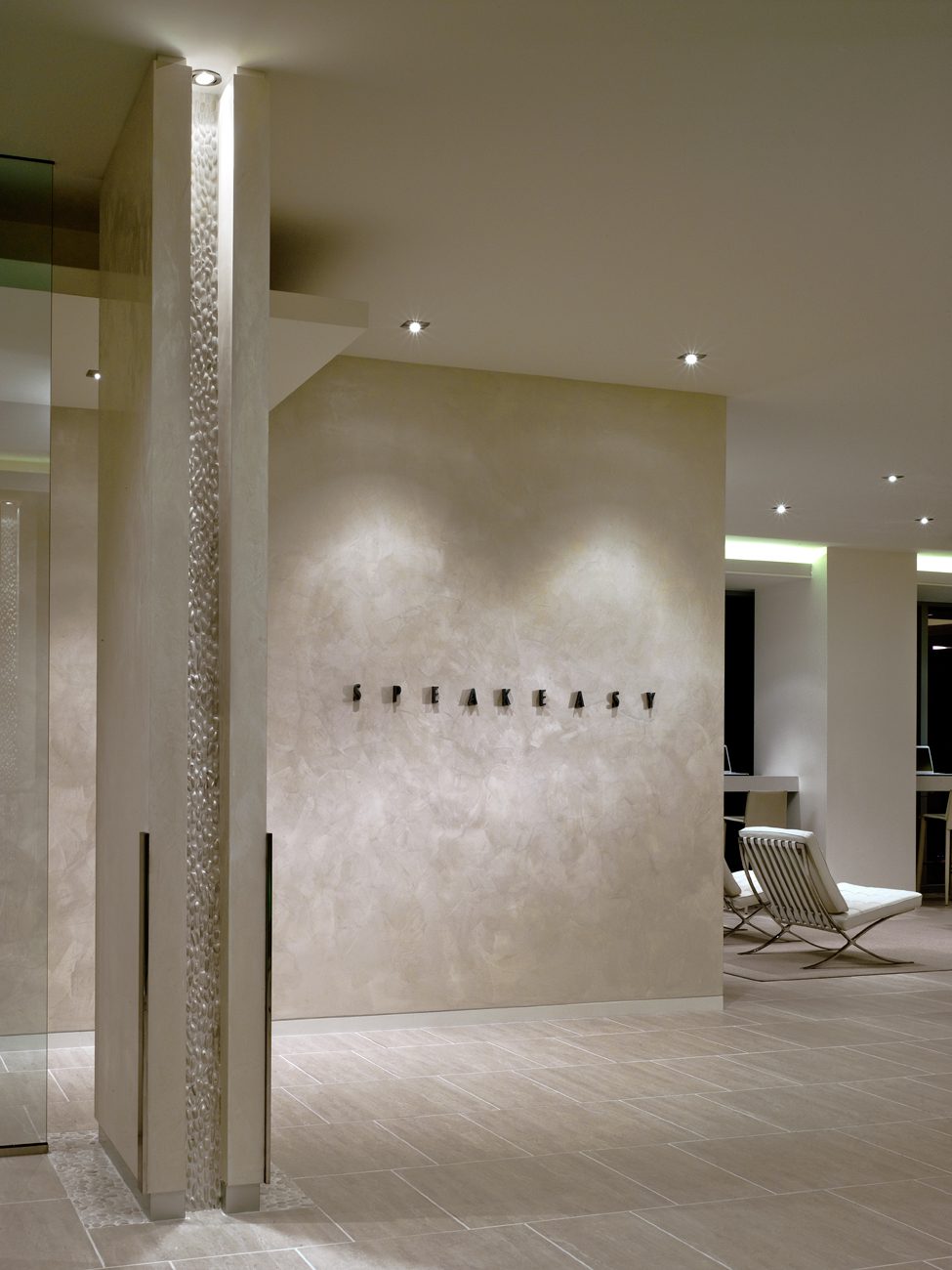
26 Jun Facilitating Effective Communication between Boomers & Millennials
Reading Time: 2 minutesToday’s workforce encompasses a broader age range than any earlier snapshot in time. Baby Boomers are retiring later than their predecessors and are now working right alongside a swelling Millennial population that will soon comprise nearly half of the U.S labor force. It is an unprecedented dynamic, and the first time so many people – across what is literally a decades-wide spread – have been working so closely together. It’s little wonder many offices are experiencing significant communication challenges.
Many people believe we let the often-discussed stereotypes affect the way we evaluate our colleagues. As a result, we unintentionally sabotage our working relationships because we never get to know the real person sitting next to us. Instead, to help bridge the gap, experts suggest that we should work to find common ground… all while also acknowledging the developmental and experiential differences between Boomers and Millennials.
One persistent anti-Millennial belief is that this age group is not engaged while the younger set believe their more seasoned counterparts are unwilling to try new things. In reality, a 2014 Gallup poll rates 29% of Millennials as “engaged” in the workplace, compared to 33% of Baby Boomers.
The only scientifically backed truth to this line of polarity is that the Baby Boomer and Millennial populations simply process information and respond differently to otherwise similar circumstances. Millennials’ minds are more primed for outside-the-box thinking, while older workers have a wider set of concrete tools at hand in any given situation.
Some would suggest that this is because younger workers have less experience to draw upon, therefore requiring a more creative decision making process to solve problems. Older workers, on the other hand, with a great deal of more experience in both success and failure in their critical thinking, tend to fall back on those decisions that have been proven historically sound.
In the end, much of the success within a company will depend on how well these groups, and indeed workers of all ages, learn to communicate while respecting their differences. Each of these generations, in particular, can learn a great deal from each other in their own critical thinking. Together both groups could significantly contribute to the long term success of the organization.
Statistics alone shows it’s crucial to company longevity that these two generations embrace a sense of unity. Senior leadership, Human Resources, Onboarding Departments and every person with communication responsibility must do their part to achieve intergenerational workplace harmony.
For past and present Speakeasy clients, please click here to see our White Paper Library and request more information on specific strategies we suggest employing to best Facilitate Effective Communication between Baby Boomers and Millennials, along with many other communication-related topics.

